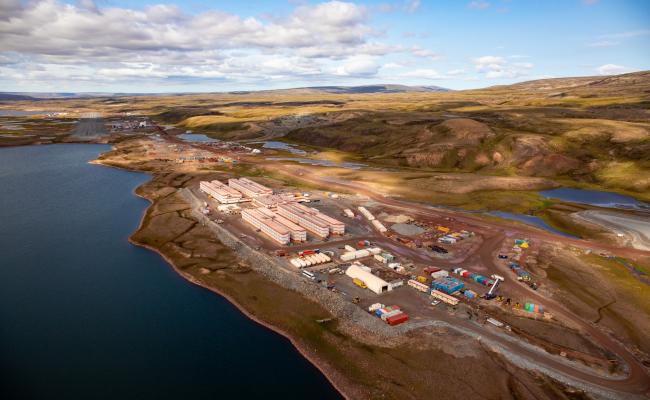Canada Prioritizes Military Presence in the North
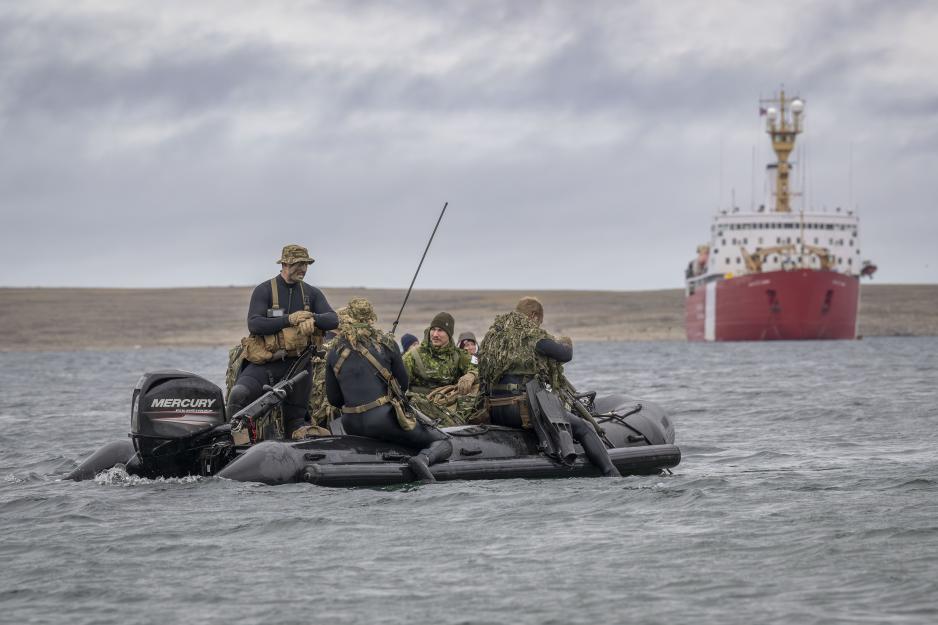
Canadian forces training by Cambridge Bay at Victoria Island, located along the Northwest Passage, during Operation Nanook-Nunakput 2023. (Photo: Alana Morin / the Canadian Armed Forces)
"Asserting sovereignty in the Canadian Arctic is becoming ever more important as our adversaries increase their activity in the region," says Canada's Minister of Defense, David McGuinty. This season, Canadian forces are deployed on multiple Arctic operations.
Throughout this late summer and into the fall, the Canadian Armed Forces are conducting operations across the country's Arctic areas.
The activities involve naval, air, and land forces, as well as special forces.
"Asserting sovereignty in the Canadian Arctic is becoming ever more important as our adversaries increase their activity in the region. These northern operations also create excellent opportunities for strengthened collaboration with our allies and partners. Ensuring that Canada’s North is well defended is a critical component of maintaining a secure North American homeland," says Defense Minister David McGuinty (Liberal).
"Operating continually in the Canadian Arctic and its approaches is vital to strengthening Canada’s ability to deter potential threats and assert our sovereignty. By enhancing our domain awareness in the North, we ensure that the Canadian Armed Forces remains ready to defend Canada, and the North American continent," adds General Jennie Carignan, Chief of the Defense Staff.
More specifically, the Canadian Department of National Defense refers to the following activities:
Operation Latitude
In mid-August, the frigate HMCS Regina, the patrol vessel HMCS Max Bernays, and the supply vessel MV Asterix began a patrol in Canada's western Arctic region, including the Bering and Chukchi Seas.
Together with RCAF CP-140 Aurora and CC-150 Polaris tanker aircraft, they will to enhance awareness and understanding of maritime activities in the region along with US forces.
The operation includes support for the Northern Edge 2025 exercise in Alaska, led by the US Indo-Pacific Command (USINDOPACOM) from August 17th, as well as follow-on support for the Alaska Command under the US Northern Command (NORTHCOM).
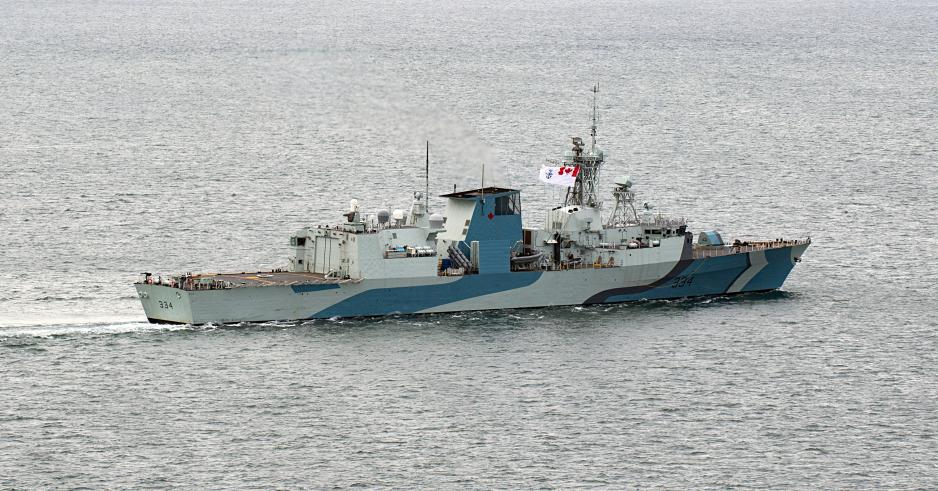
The frigate HMCS Regina is participating in Operation Latitude. (Photo: Jay Naples / the Canadian Armed Forces)
Operation Nanook-Nunakput
From the end of August to the middle of September, Canadian land, air, and naval forces will be deployed on Baffin Island (Nunavut), located between the Canadian mainland and Greenland. The mission is to patrol and provide real-time reconnaissance and response capabilities.
The land forces include both the army and rangers, Canadian home guard members operationg in Canada's remote and isolate regions. In the air, helicopters of the type CH-146 Griffon and CH-147F Chinook, as well as CC-138 Twin Otter transport aircraft, will be in action.
At sea, the patrol vessel HMCS William Hall and the Canadian Coast Guard's icebreaker, the CCGS Pierre Radisson, will participate.
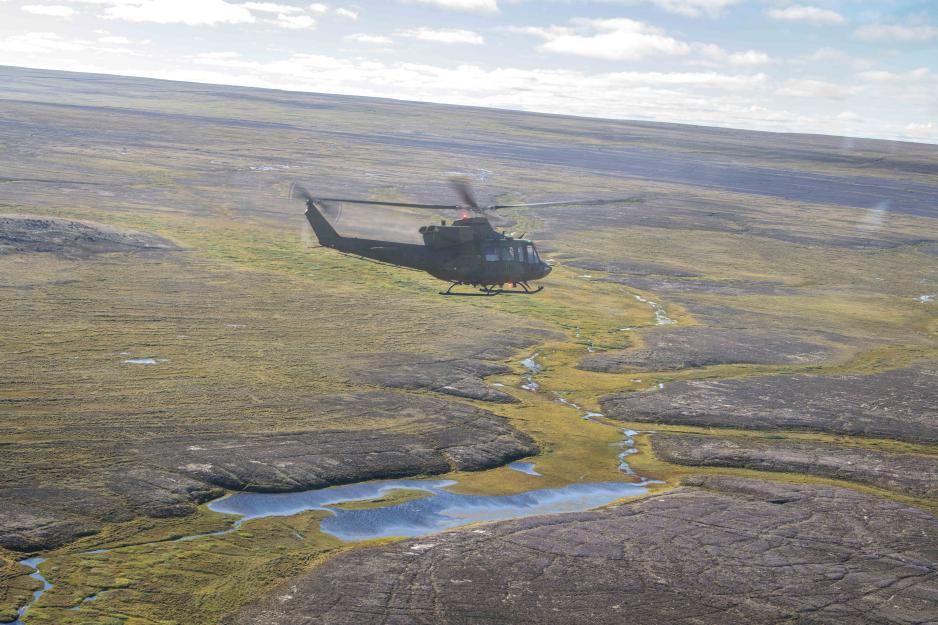
A CH-146 Griffon helicopte flies over Victoria Island during a previous edition of Operation Nanook-Nunakput. (Photo: Julia Currie / the Canadian Armed Forces)
Operation Nanook-Tuugalik
In the middle of August, the patrol vessel HMCS William Hall departed from Halifax on a voyage through the Northwest Passage to strengthen situational awareness along the waterway.
The voyage will end at the beginning of October. The vessel will also visit several local communities along the route.
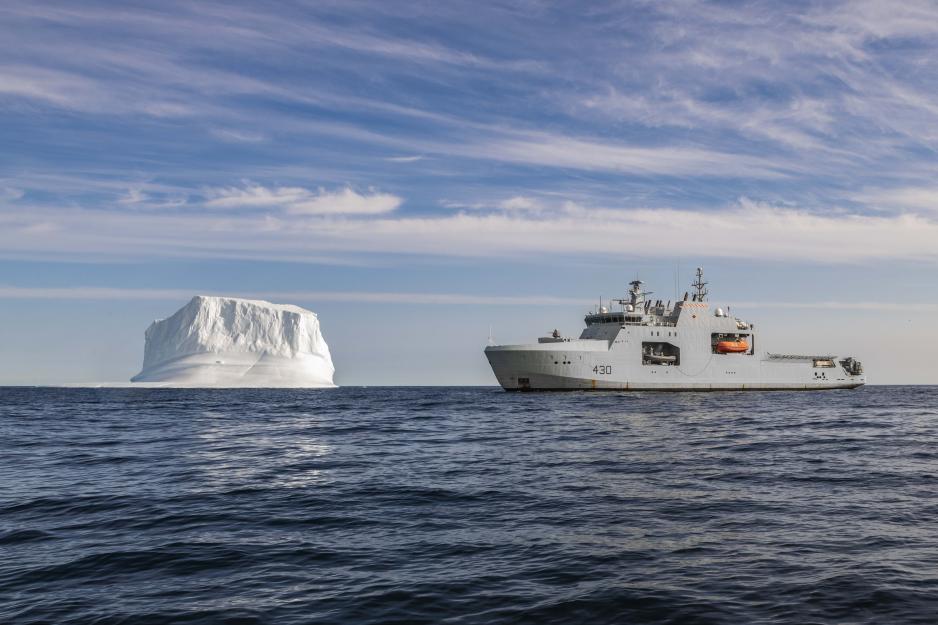
The Canadian Navy's patrol ship HMCS Harry Dewolf in the Davis Strait during Operation Nanook-Tuugaalik in August 2023. This bay is located between Canada's Baffin Island and Greenland. (Photo: Brendan Gamache / the Canadian Armed Forces)
Operation NANOOK-TAKUNIQ
Canada's Department of National Defense also refers to activity in the Arctic during Operation Nanook-Takuniq, which was conducted in July.
Army soldiers and rangers conducted several long-range reconnaissance patrols across Ellesmere Island in Nunavut, which is located off the northwest coast of Greenland. They did this both on foot, in all-terrain vehicles, and aboard CC-138 Twin Otter transport aircraft.
This effort provided important information on infrastructure and logistics, confirmed operational capabilities, and informed planning for future activities to assert sovereignty in the Canadian Arctic, the department said.




